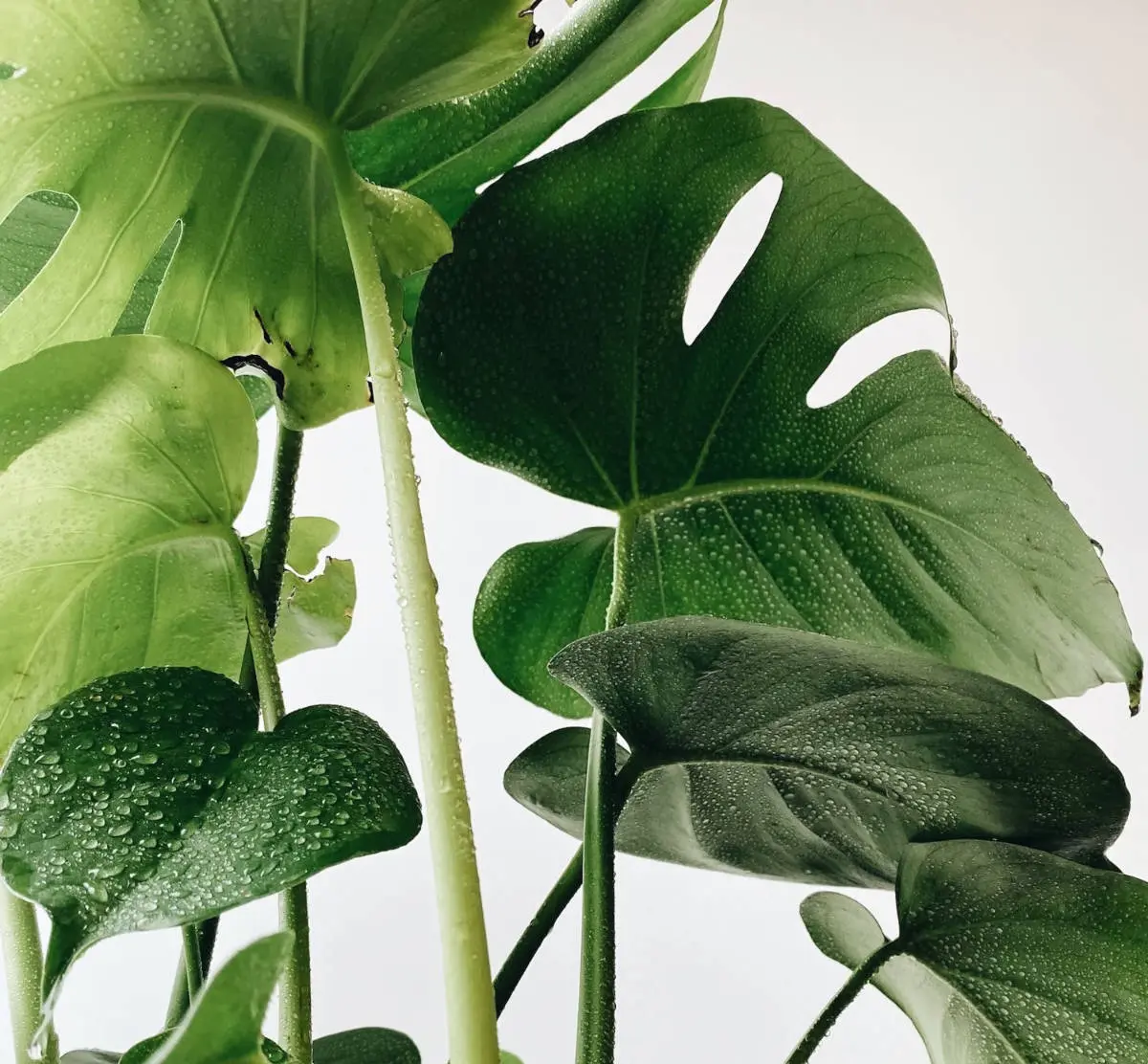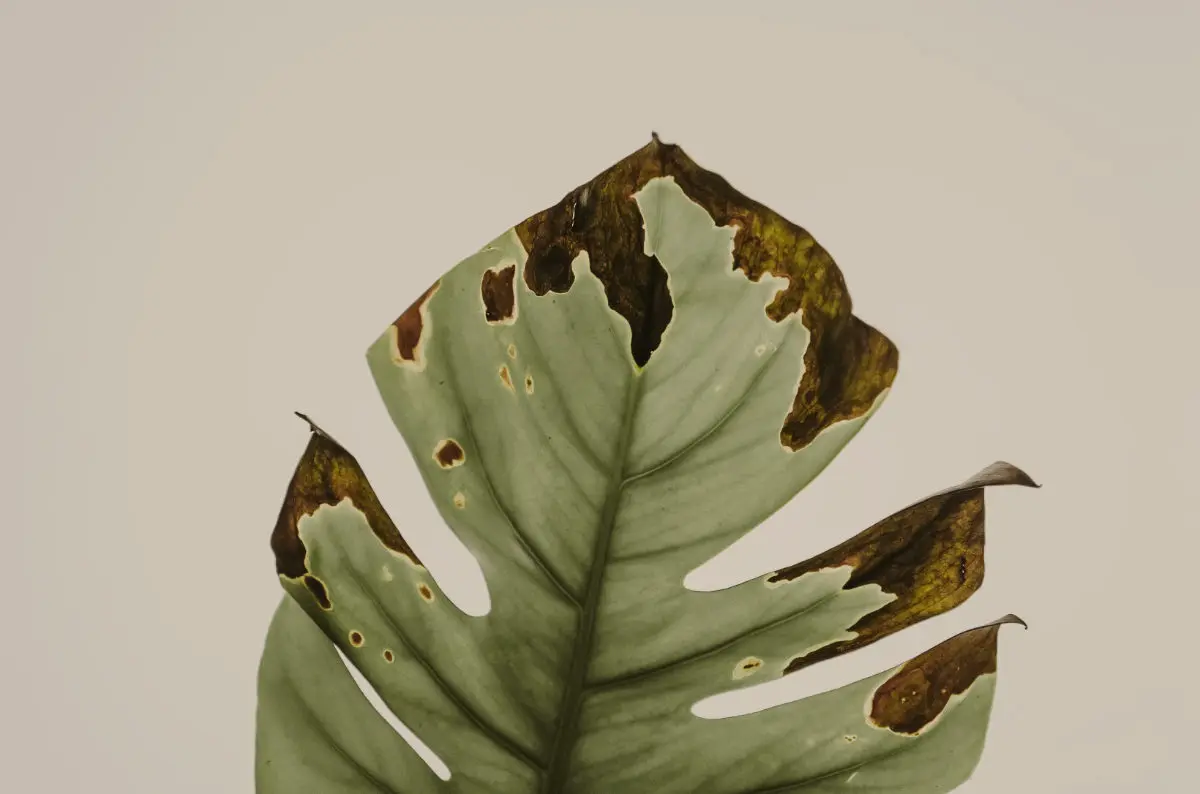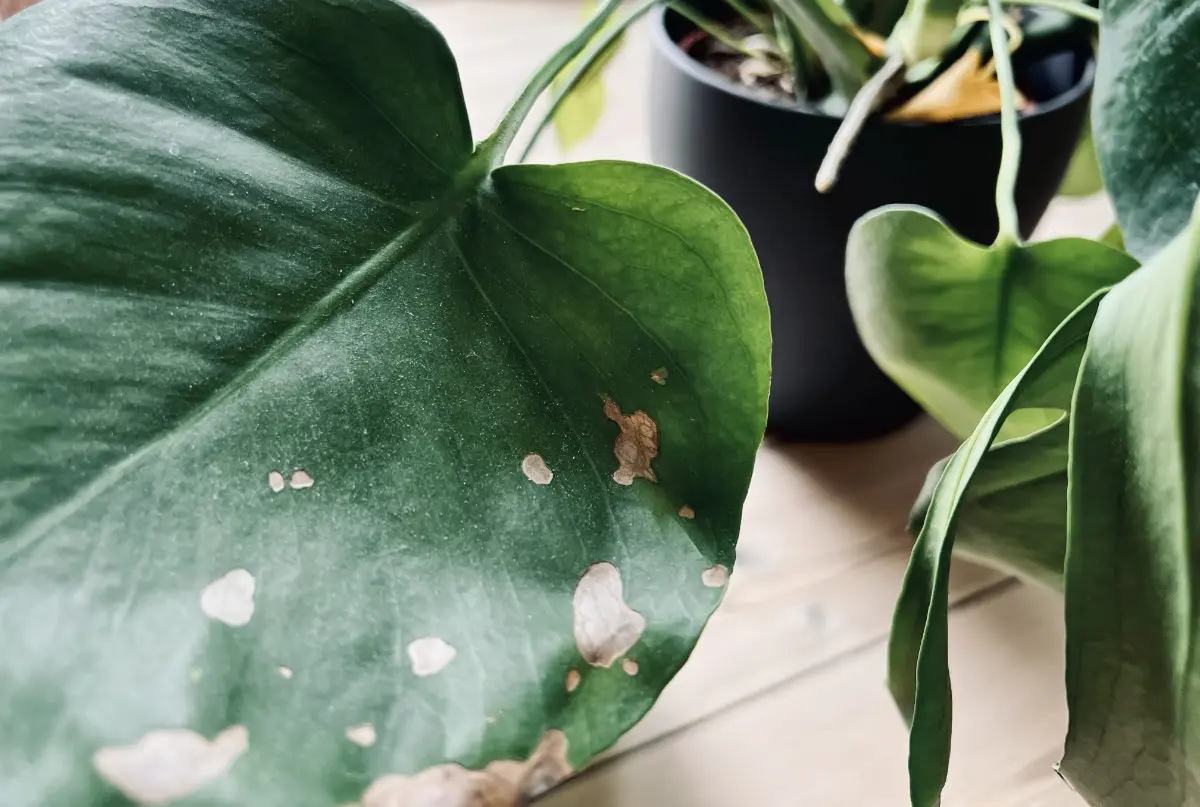Does the Monstera Plant Like Humidity?
Monstera plants thrive in humid environments, as they are native to tropical regions. Learn about the ideal humidity levels and how to provide the best care for your monstera plant.
By Tobias Holm
Are you a plant lover on a mission to transform your home into a lush oasis?
If so, you've probably come across the ever-popular Monstera plant. With its stunning, hole-riddled leaves and vibrant green color, the Monstera has become a staple in many households. But does this tropical beauty thrive in humid environments?
In this article, we'll delve into the mystery that surrounds the Monstera plant and its relationship with humidity. Brace yourself for a botanical adventure as we explore the origins of this enigmatic plant, its unique adaptations, and how to provide the perfect environment for it to flourish.
Whether you're a seasoned plant parent or a curious beginner, get ready to uncover the secrets of the Monstera plant and unlock the key to its optimal growth.
Understanding the Ideal Growing Conditions for Monstera Plants
Before we dive into the relationship between Monstera plants and humidity, it's important to understand the ideal growing conditions for these tropical wonders.
Native to the rainforests of Central and South America, Monstera plants thrive in warm, humid environments. They are accustomed to the dappled sunlight that filters through the dense canopy of the forest, which makes them an excellent choice for indoor gardening.
However, achieving the perfect balance of light, temperature, and humidity can be challenging, especially if you live in a dry or arid climate.
To create a suitable environment for your Monstera plant, it's crucial to replicate its natural habitat as closely as possible. This means providing ample indirect sunlight, maintaining a consistent temperature between 65°F to 85°F (18°C to 29°C), and ensuring the humidity levels are within the range of 60% to 80%.
While Monstera plants can tolerate lower humidity levels, they thrive and grow best in more humid conditions. Now, let's explore the intriguing relationship between Monstera plants and humidity.
Exploring the Relationship Between Monstera Plants and Humidity
Humidity plays a vital role in the growth and development of Monstera plants.
These tropical beauties have evolved to thrive in high-humidity environments, which is why they are often found in rainforests. The moisture in the air helps to keep their large leaves lush and vibrant, preventing them from drying out and becoming brittle.
In addition, the higher humidity levels create an ideal environment for aerial root growth, which is a unique characteristic of Monstera plants.
Aerial roots are specialized roots that grow above the ground and can absorb moisture from the air. They not only provide additional support for the plant but also help it to extract nutrients and water from the environment.
In high-humidity environments, Monstera plants can develop an extensive network of aerial roots, allowing them to thrive and grow vigorously. However, in low humidity conditions, these roots may struggle to absorb enough moisture, leading to stunted growth and potential health issues for the plant.
Benefits of Growing Monstera Plants in Humid Environments
Growing Monstera plants in humid environments offers several benefits for both the plant and the plant parent.
Firstly, the higher humidity levels help to keep the leaves hydrated, preventing them from drying out and turning brown at the edges. This results in healthier, more vibrant foliage that adds a touch of tropical elegance to any space. In addition, the increased moisture in the air creates a microclimate around the plant, which can help to deter pests and keep the plant free from infestations.
Furthermore, humid environments promote aerial root growth, enabling the Monstera plant to take in more moisture and nutrients. This can lead to faster growth and the development of larger leaves, making your Monstera plant a true showstopper.
Additionally, the increased humidity can have a positive impact on the overall well-being of the plant, reducing the risk of leaf yellowing, wilting, and other common issues. With the right balance of humidity, your Monstera plant can flourish and become the centerpiece of your indoor jungle.
Potential Challenges of Growing Monstera Plants in Humid Environments
While growing Monstera plants in humid environments offer numerous benefits, there are also a few potential challenges to be aware of.
One common issue is the risk of overwatering, as high humidity levels can sometimes lead to excess moisture in the soil. It's important to strike a balance between providing enough humidity for the plant and allowing the soil to dry out slightly between waterings. This will prevent root rot and other water-related problems that can harm the plant's health.
Another challenge to consider is the potential for mold and fungal growth in excessively humid conditions. Monstera plants are susceptible to fungal diseases, especially if the foliage remains damp for extended periods. To mitigate this risk, ensure good air circulation around the plant by placing it near a fan or opening windows periodically to allow fresh air to circulate. Regularly inspect the leaves for any signs of mold or fungus and take prompt action to address the issue if necessary.
Tips for Creating a Humid Environment for Your Monstera Plant
Creating a humid environment for your Monstera plant doesn't have to be complicated. Here are some tips to help you provide the optimal conditions for your tropical beauty:
- Group your plants together: Grouping your Monstera plant with other houseplants can create a microclimate with higher humidity levels. As plants transpire, they release moisture into the air, increasing the overall humidity in the vicinity.
- Use a humidifier: Investing in a humidifier is an excellent way to regulate humidity levels in your home. Set it to the desired humidity range and place it near your Monstera plant to create a humid microclimate.
- Mist the leaves: Regularly misting the leaves of your Monstera plant can help to increase humidity around the foliage. Use a fine mist spray bottle and avoid spraying water directly onto the leaves to prevent water droplets from accumulating and potentially causing leaf damage.
- Place a tray of water nearby: Placing a tray filled with water near your Monstera plant can help to increase humidity through evaporation. As the water evaporates, it releases moisture into the air, creating a more humid environment.
- Consider a pebble tray: A pebble tray is a shallow tray filled with water and pebbles. Place your Monstera plant on top of the pebbles, ensuring that the water level is below the top of the pebbles. As the water evaporates, it will create humidity around the plant.
Common Misconceptions About Monstera Plants and Humidity
There are several common misconceptions about Monstera plants and humidity that are worth addressing.
One misconception is that Monstera plants require constant high humidity to thrive. While they do prefer higher humidity levels, they can tolerate lower humidity as well. As long as you provide a balanced environment with adequate humidity and proper care, your Monstera plant can still grow and flourish.
Another misconception is that misting the leaves directly with water is the best way to increase humidity. While misting can temporarily increase humidity around the foliage, it is not as effective as creating a more consistent and stable humid environment using methods like grouping plants together or using a humidifier. Misting can also lead to water accumulation on the leaves, which can increase the risk of fungal growth and other issues.
Other Factors to Consider When Caring for Monstera Plants
While humidity is an essential factor in caring for Monstera plants, there are other factors to consider as well.
Proper watering, adequate lighting, and regular fertilization are crucial for the overall health and growth of your plant. It's important to strike a balance and provide the right amount of each element to ensure your Monstera plant thrives.
When it comes to watering, allow the top inch of the soil to dry out before watering again. This will prevent overwatering and ensure good root health.
Additionally, Monstera plants prefer bright, indirect light. Avoid placing them in direct sunlight, as this can scorch the leaves.
Finally, fertilize your Monstera plant regularly during the growing season using a balanced, water-soluble fertilizer. This will provide the necessary nutrients for healthy growth and vibrant foliage.
Conclusion: Is the Monstera Plant Suitable for Humid Environments?
In conclusion, the Monstera plant does thrive in humid environments, thanks to its origins in the rainforests of Central and South America.
Higher humidity levels promote healthy foliage, aerial root growth, and overall plant well-being. While Monstera plants can tolerate lower humidity, providing a more humid environment will allow them to reach their full potential and showcase their stunning beauty.
Creating the perfect balance of humidity, light, and care is essential for the optimal growth of your Monstera plant. By understanding the ideal growing conditions, exploring the relationship between Monstera plants and humidity, and implementing the tips mentioned, you can create a thriving environment for your Monstera plant to flourish.
So, if you're ready to transform your home into a lush oasis and unravel the mystery of the Monstera plant, embrace the humidity and provide your tropical beauty with the perfect environment to thrive.
Happy gardening!


